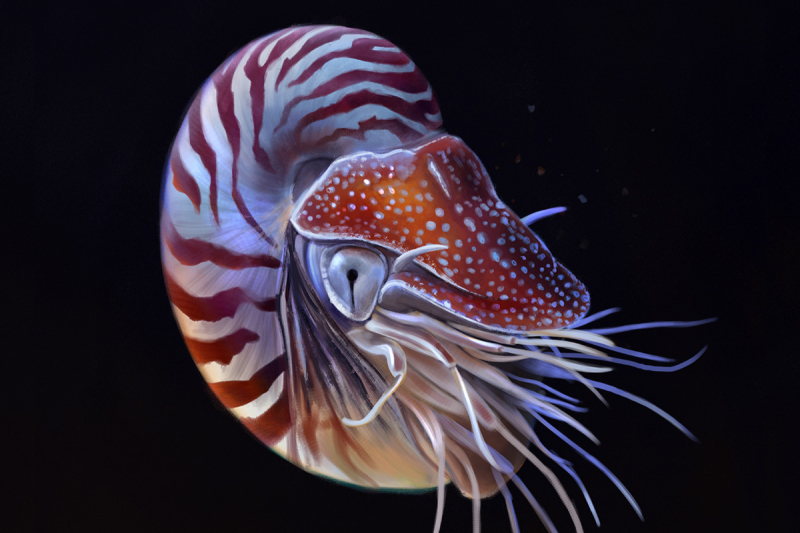Humans and Cephalopods Have Eyes That Are Very Similar
Every year, it seems that fresh studies provide further evidence that octopuses are extraordinarily clever creatures, and that by neglecting this fact, humans are doing a great disservice to them. But octopuses as a species are extraordinary in almost every way; it's not only that their brains are special. Consider their eyes, for example. They clearly originated in a totally distinct manner and function quite similarly to human eyes. Similar characteristics are present in other cephalopods, such as squid. Even more amazing is the fact that both our eyes and their eyes are produced by the same genes.
The fundamental structure of the eyes in almost every creature is determined by a gene called Pax6. It predates evolutionary diversity because it is present in an enormous variety of animals. It has a history of more than 500 million years. Consider it as a control gene that determines how an eye is developed. This eye could come from a compound insect, a reptile, a bird, or another animal. But when it came to humans and cephalopods, it created what we refer to as a camera eye for each. A lense, an iris, a fluid-filled interior, and other components are present. Convergent evolution also enabled the development of the same fundamental structure in both over a period of 500 million years and two species, one on land and the other in the sea.












